
ulmer hocker bill gugelot design max bill und hans gugelot
Max Bill's Ulm Stool (also known as the Max Bill Ulmer Hocker) is a revered Bauhaus icon that has transcended time and space. Light and robust, this Donald Judd-like minimalistic piece of furniture is one of those items that never looks out of place, wherever it is placed. The success of the Ulm Stool lies in its versatility and convenience.
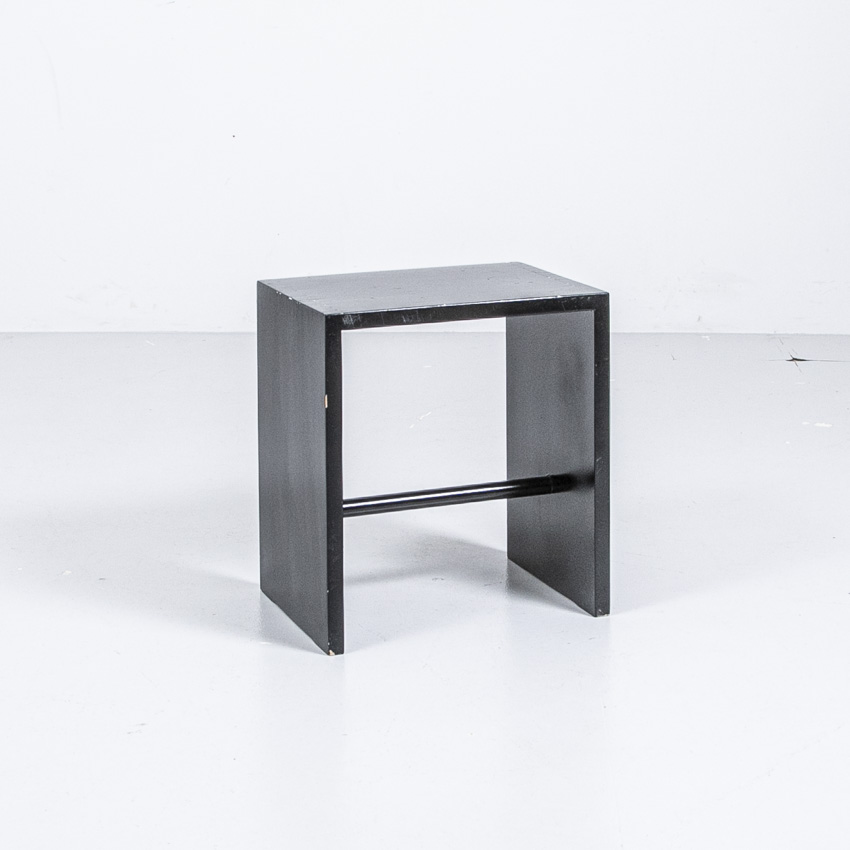
"Ulmer" Hocker von Max Bill Möbel Zürich
7 Weblinks 8 Einzelnachweise Entwurf, Konstruktion und Fertigung Drei Ulmer Hocker Der Ulmer Hocker gehört zu den meistbeachteten Möbeln, die unter Mitwirkung des Schweizer Architekten, Typografen, Künstlers und Formgestalters Max Bill entstanden.
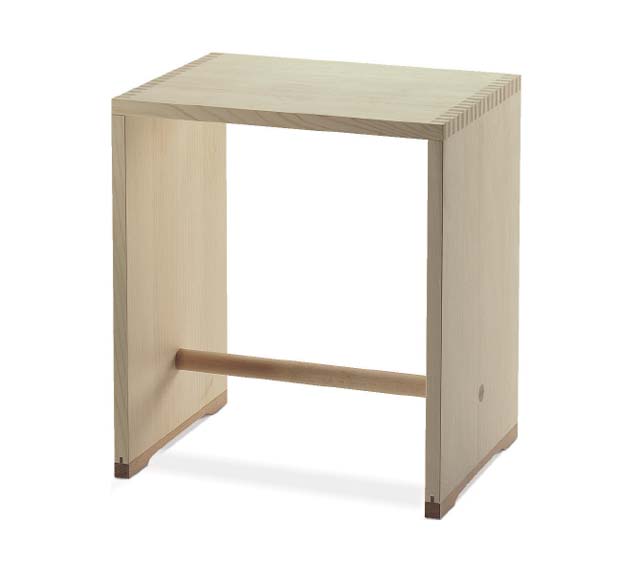
MAX BILL ULMER HOCKER (design Max Bill 1954)
The Ulmer Hocker is one of the best-known creations of the Swiss architect and artist Max Bill. In 1954, the chair was designed at the Hochschule für Gestaltung Ulm in collaboration with the Dutch architect Hans Gugelot. Formally, the Ulmer Hocker corresponds to the traditional stool used to hang up wallpaper. The frame consists of three boards.
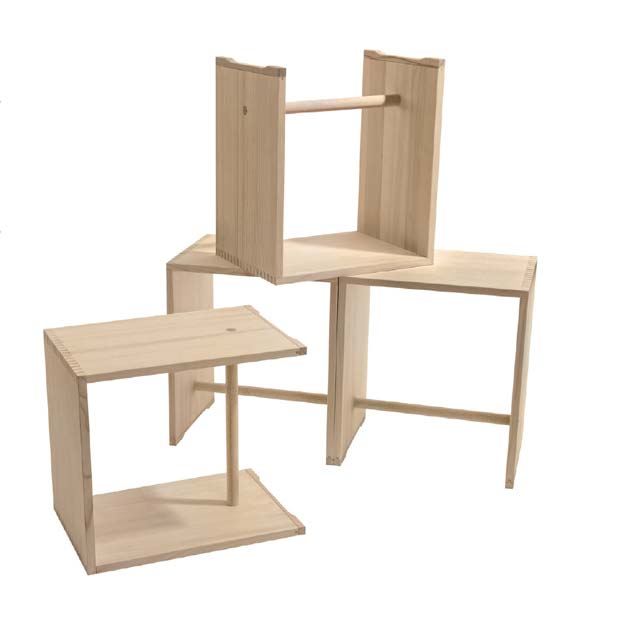
MAX BILL ULMER HOCKER (design Max Bill 1954)
Stool Ulmer Hocker Max Bill 1954 The multifunctional Ulm Stool exemplarily embodies what Max Bill (1908-1994) propagated in the 1950s as an architect, a designer, and as a teacher at the Hochschule für Gestaltung Ulm: combining economy of materials with structural aesthetics.
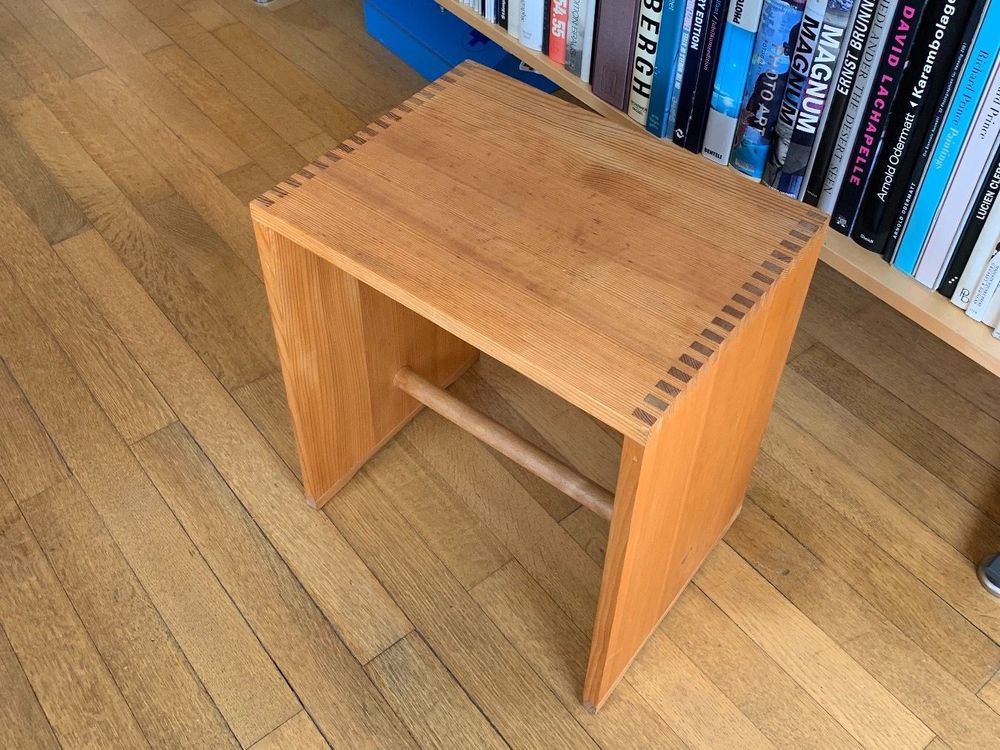
Ulmer Hocker Max Bill Kaufen auf Ricardo
Article Wikipedia article References Max Bill was a Swiss architect, artist, painter, typeface designer, industrial designer and graphic designer, known as the founder of Concretism (concrete art).

Ulmer Hocker (Nussbaum) von Max Bill
October 8, 2021—February 27, 2022 The Ulm Stool: Idea ─ Icon ─ Idol With the exhibition " The Ulm Stool: Idea - Icon - Idol ", the HfG-Archiv Ulm places one of the most famous designs created at the Ulm School of Design (HfG) at the center of an analytical presentation for the first time.
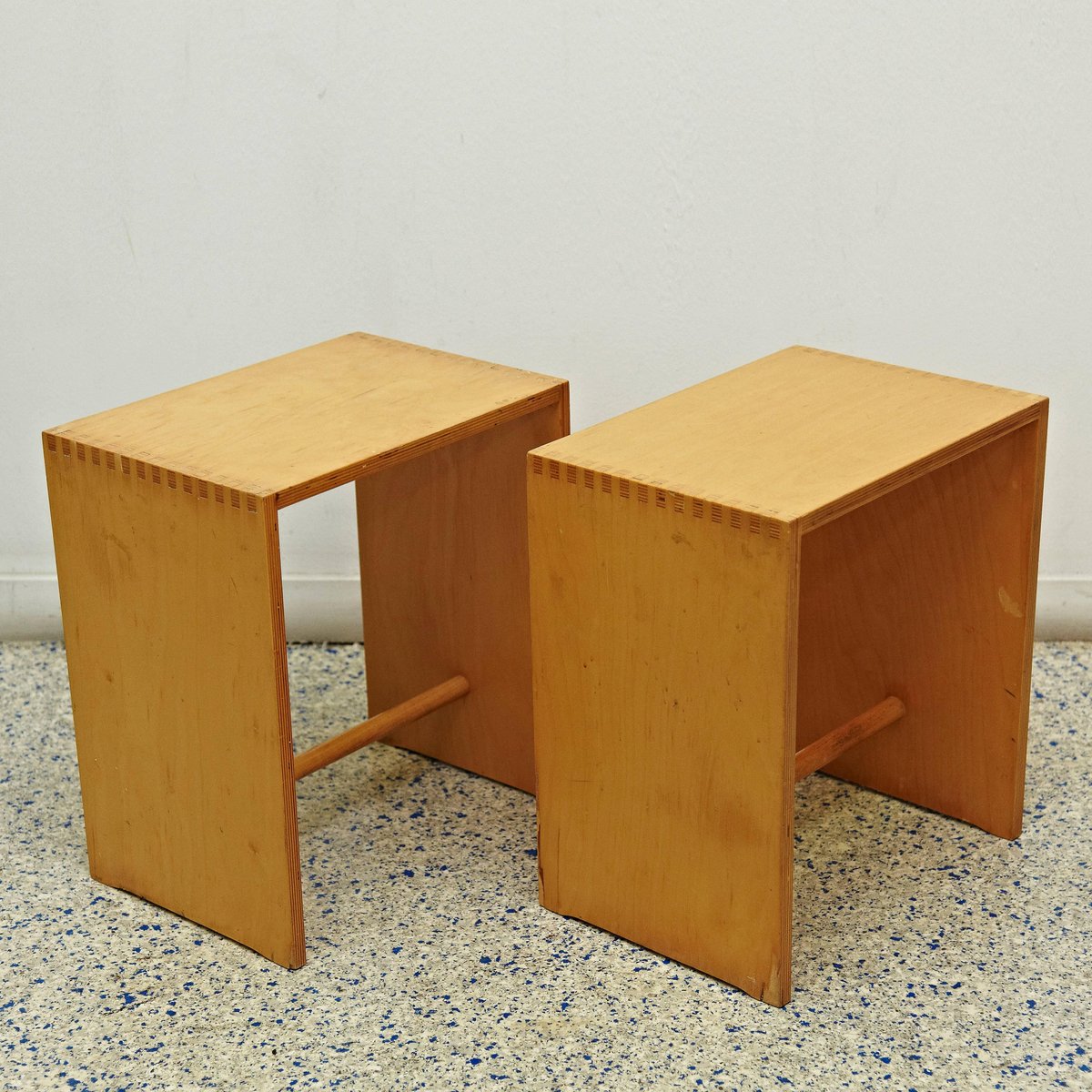
Ulmer Hocker von Max Bill für Zanotta, 1970er bei Pamono kaufen
Stool, Ulmer Hocker, 1954 Max Bill * 3002 g 3P1 The multifunctional Ulm Stool exemplarily embodies what Max Bill (1908-1994) propagated in the 1950s as an architect, a designer, and as a teacher at the Hochschule für Gestaltung Ulm: combining economy of materials with structural aesthetics.
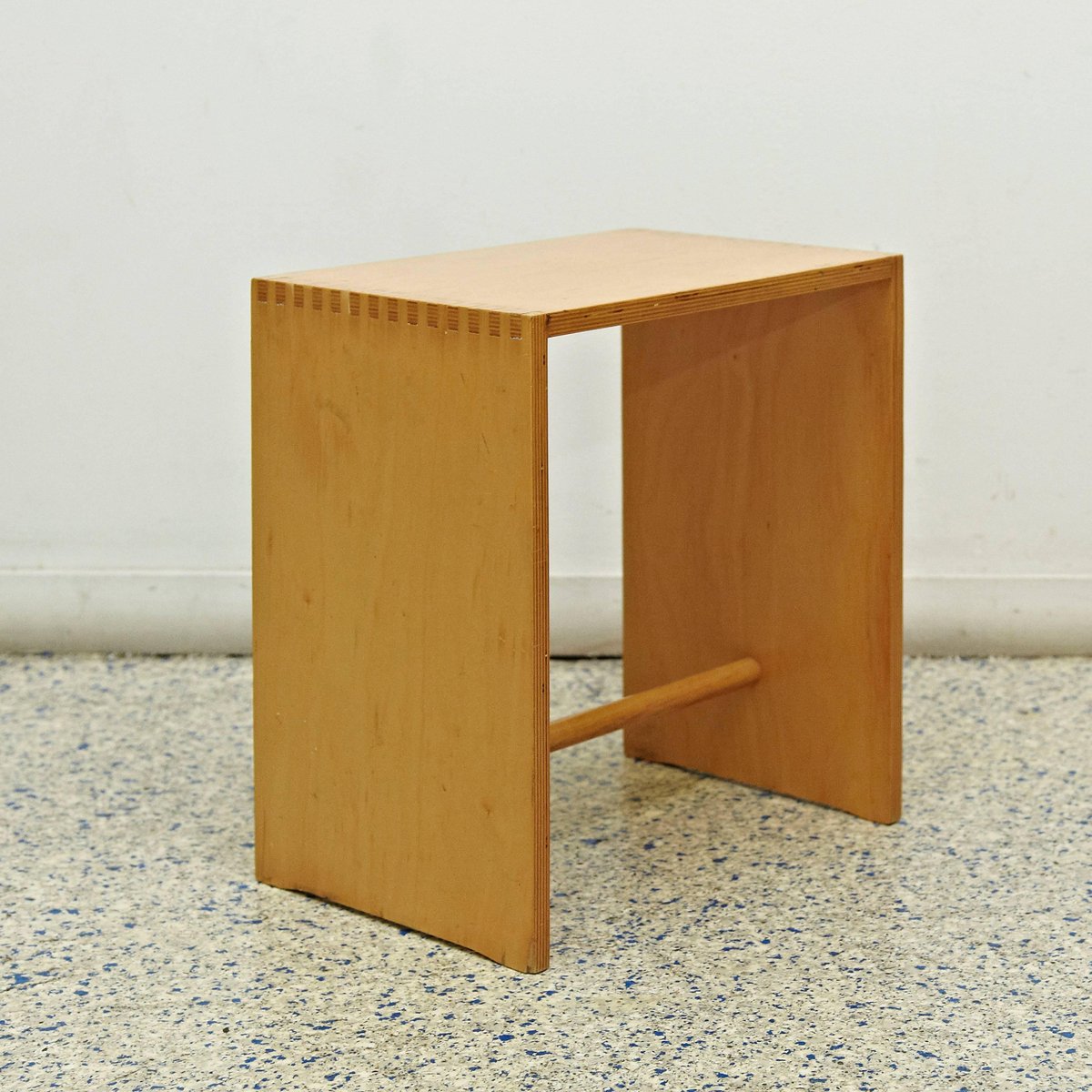
Ulmer Hocker von Max Bill für Zanotta, 1970er bei Pamono kaufen
The max bill collection is characterised by clarity, simplicity and mathematical precision. max bill's wooden furniture is the physical expression. known as Ulmer Hocker (Ulm Stool). Starting in 1957, he designed various clocks and watches for the Junghans company, based in Schramberg.
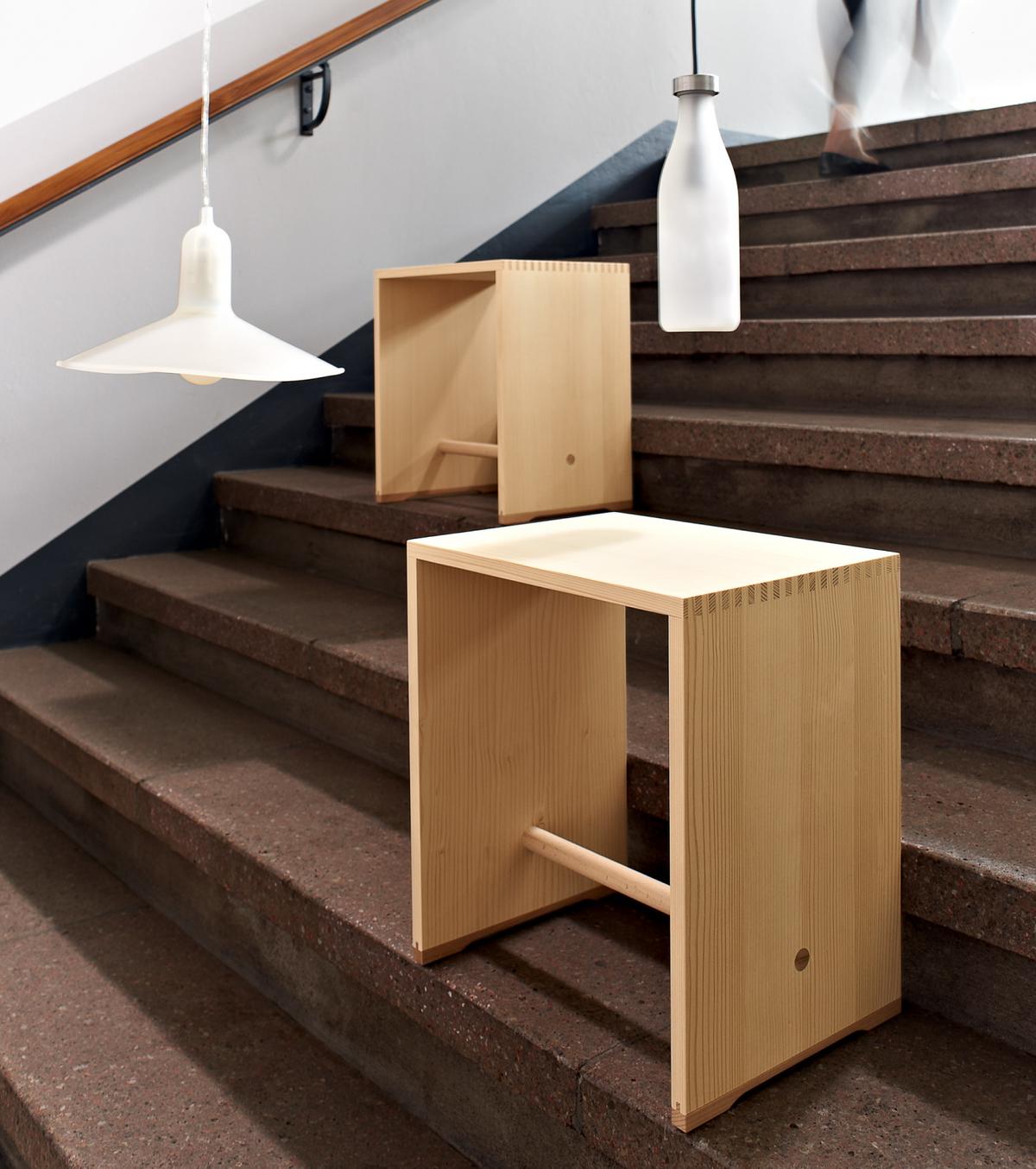
WB Form Ulmer Hocker by Max Bill, 1954 Designer furniture by
The Ulmer Hocker might be the ultimate expression of the functional form, consisting of nothing more than three equal wooden sides and a rod. With no more than four basic parts, Bill created an object that could serve as a chair, table, lectern, writing tablet, or shelf element.
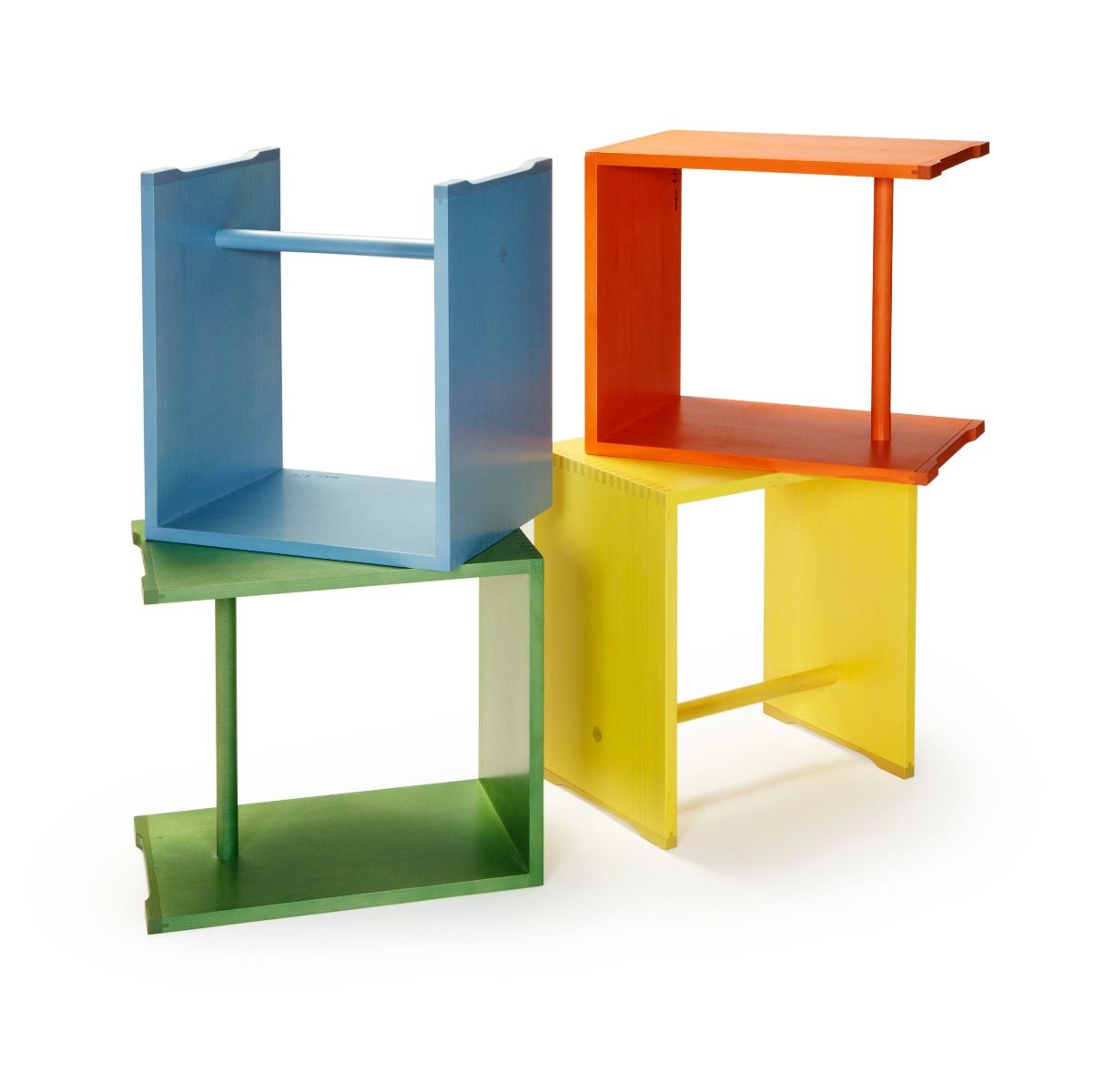
Ulmer Hocker Ulmer Hocker von Max Bill, Hans Gugelot and Paul Hildinger / Der ulmer hocker
Max Bill (in Zusammenarbeit mit Hans Gugelot), Hocker für 2 Sitzhöhen, Ulmer Hocker, 1954 © Sammlung Jakob Bill Max Bill, Küchenuhr mit Kurzzeitmesser (Herstellung Junghans), 1951 © Sammlung Angela Thomas Schmid Max Bill, Kreuzzargenstuhl mit blaumen Polster, 1951 © form•30•50•60, Silvia Mooser, Zürich

ulmer hocker bill gugelot design max bill und hans gugelot
Ulmer Hocker | WB Form | Bedside Tables & Bedding Accessories - Designer furniture from smow.com Customise

1955 Max Bill. Ulmer Hocker (Ulm Stool) for HFG, Ulm. ORIGINAL Dimensions 18.11 in.Hx16.14 in
Ulmer Hocker, 1953 Paul Hildinger, Hochschule für Gestaltung Ulm, 1954 Germany Fir and beechwood, glued and plugged 45.5 x 40 x 28 cm "Trained at the Dessau Bauhaus, Max Bill was the first director of the Hochschule für Gestaltung at Ulm. This design is indicative of Bill´s commitment to functionalism and extreme geometric formalism."
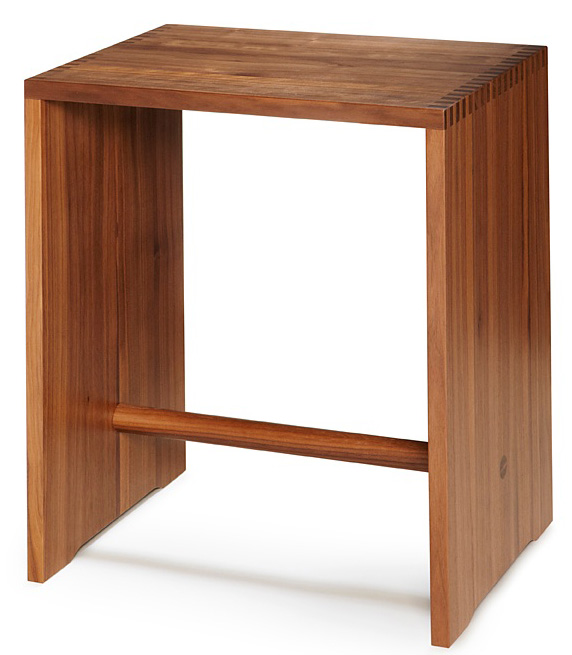
Ulmer Hocker (Nussbaum) von Max Bill und Hans Gugelot I WB form Markanto
Der Ulmer Hocker wurde 1955 von Max Bill, dem ersten Direktor der Ulmer Hochschule für Gestaltung, in Zusammenarbeit mit Hans Gugelot und Paul Hildinger für die Student*innen ebendieser Hochschule entworfen. „Zwei senkrechte Bretter, ein waagerechtes, die drei fest verzahnt, von einem runden Holzstab unten zusammengehalten", so beschrieb.

Ulmer Hocker von Max Bill kaufen Connox Shop
Ulm Stool Max Bill Beauty from and as Function. The Max Bill Collection is characterised by clarity, simplicity and mathematical precision. 235,00 € incl. VAT plus shipping Delivery time: 7-10 Days Colour 1 Add to cart Add to List Compare Questions? Email a friend
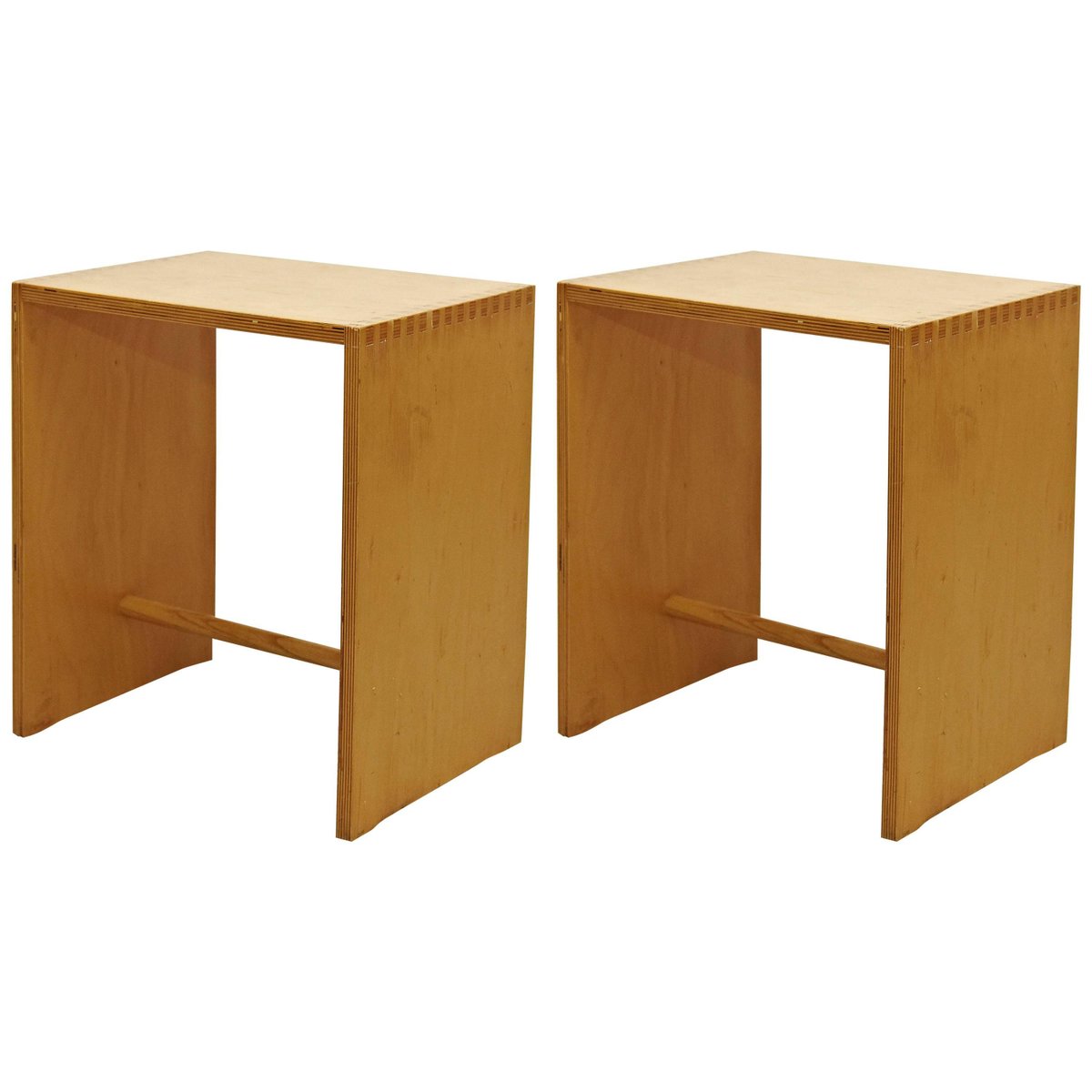
Ulmer Hocker von Max Bill für Zanotta, 1970er bei Pamono kaufen
Among Bill's most notable product designs is the " Ulmer Hocker " of 1954, a stool that can also be used as a shelf element, a speaker's desk, a tablet or a side table. Although the stool was a creation of Bill and Ulm school designer Hans Gugelot, it is often called " Bill Hocker " because the first sketch on a cocktail napkin was Bill's work.
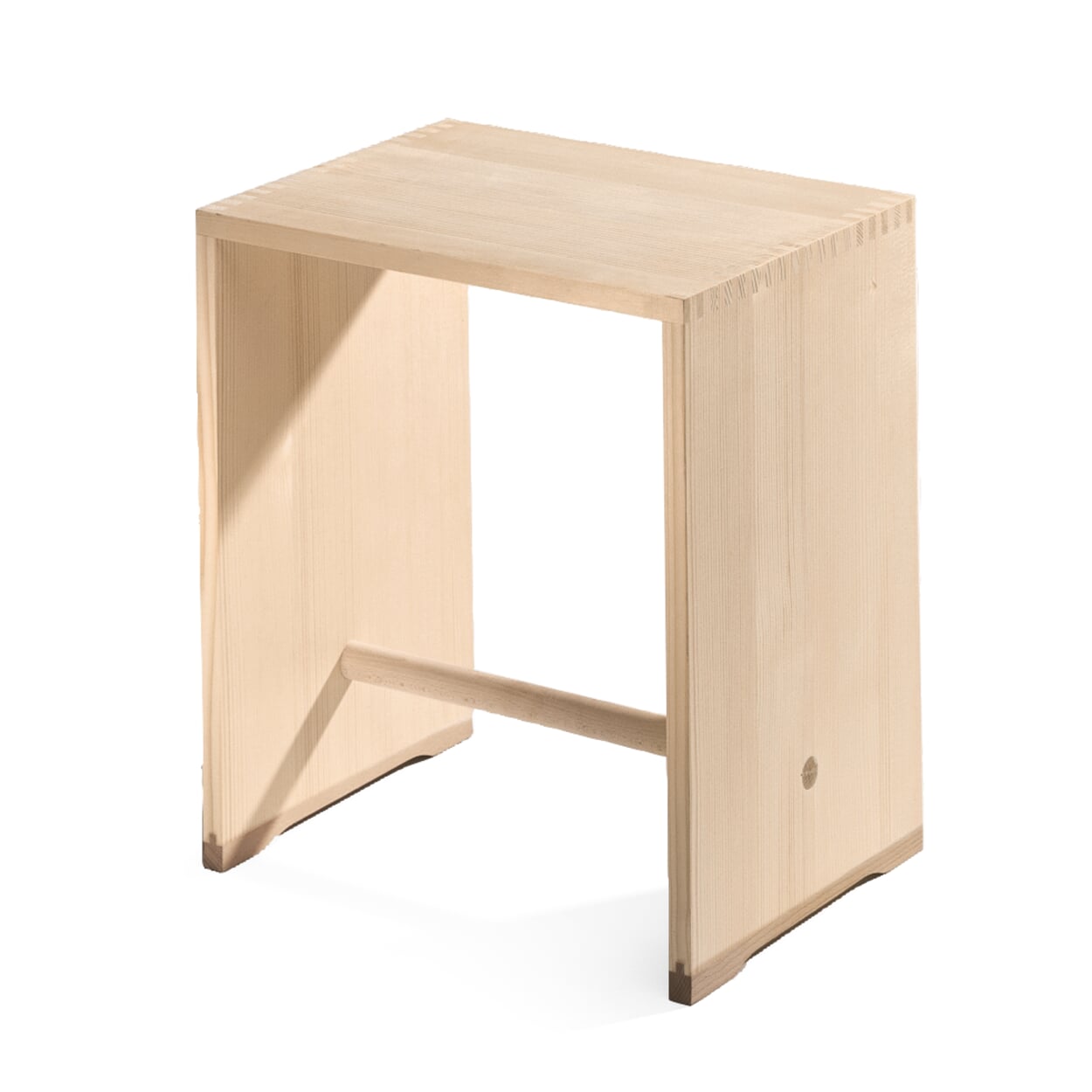
Ulmer Hocker Max Bill Manufactum
Ulmer Hocker. Artist: Max Bill. In many ways, Concrete Art remained more restricted to the traditional media of fine art - painting, sculpture - than its ancestral movement, Constructivism. While Constructivist artists such as Alexander Rodchenko always yearned to integrate art with functional design, Concrete Art was more likely to concern.